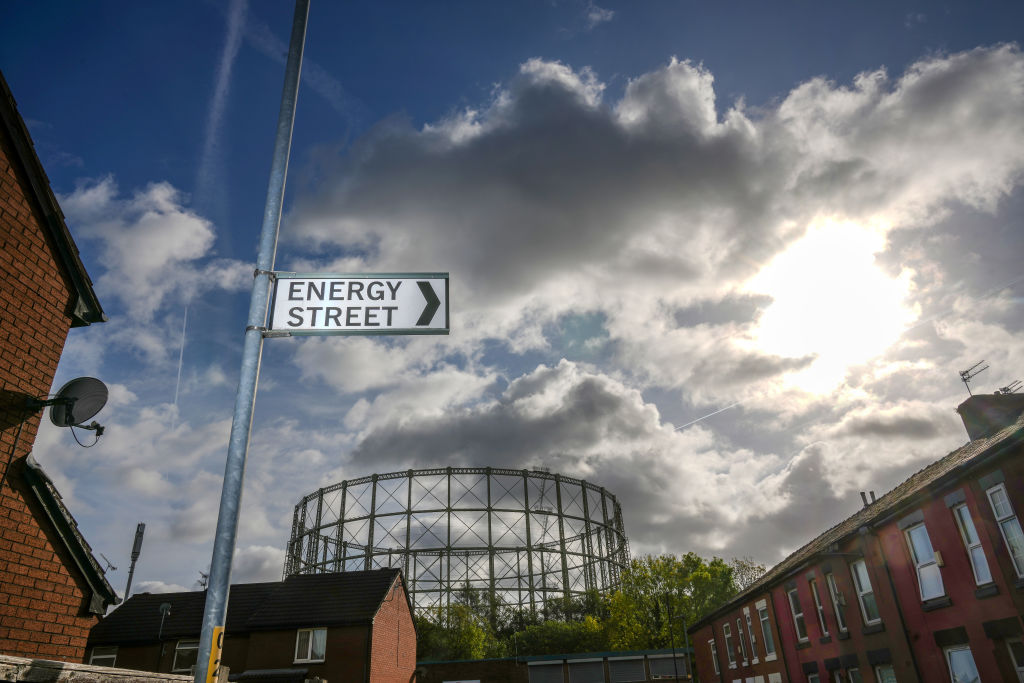An energy cap is a start but the challenge has just begun

Two days after her appointment as prime minister, Liz Truss unveiled the Energy Price Guarantee, the single largest fiscal intervention introduced in the UK in peacetime.
In just over a week, household bills will be frozen at an average £2,500 per year – savings of £1,000 from Ofgem’s October price cap – for two years. Businesses will receive “equivalent support” for six months, followed by assistance for “vulnerable industries”. Green levies will be “scrapped” (or rather, transferred to the Treasury).
While light on mechanics, the finer details of the interventions will be provided through the Chancellor’s first fiscal update later this week. There are five key questions to be answered: the cost, its impact on inflation, the role for other renewable energy sources such as onshore wind, the future of the temporarily scrapped green levies and, crucially, how we will reduce energy demand with capped prices.
With early estimates of £150- £200bn, the program will cost more than the furlough scheme. Markets are eager for clarity from the forthcoming update, however a proper calculation is ultimately beyond the Chancellor’s control. Much of this will largely be driven by unpredictable questions like consumers’ energy demand – in itself will be determined by the weather – and future wholesale natural gas prices. Spot markets might slowly return to historic norms. Or a hurricane could devastate LNG supplies in the Gulf of Mexico. For the next two years, the Treasury is on the hook for all of it.
At the moment, inflation is just under 10 per cent and heading higher. The government believes their plan could cut rates by 4 or 5 percentage points, and an independent study from the Progressive Policy think tank broadly agrees. Raising the funding through bond markets, rather than increased taxation, still creates a significant fiscal expansion. And then there’s the question of what consumers will do with the money not spent on bills – to save or to spend.
The Bank of England is still expected to hike interest rates another 50 or 75 points, putting them on a collision course with Truss’ fiscal plans.
Economists have long endorsed the transfer of green levies from rates to taxpayers as a more progressive approach to advance climate objectives. Much of these funds are committed to cost recovery of existing generation contracts. But a significant portion is allocated to initiatives such as household insulation.
A 2013 budget cut reduced installation rates by 90 per cent, which could have otherwise reached an extra 9 million homes by now, saving the nation over £15bn. With the government now funding much of the country’s energy bills, will the Treasury consider restoring – or exceeding – previous levels of funding for insulation and efficiency?
And on the subject of renewables, many of the frontbench are sceptical of solar installations or onshore wind turbines. Rigid planning regulations have massively hampered the approvals of new energy sources. Fracking will soon be allowed “where there is local support”, will these same standards apply to renewables?
But the biggest weakness in the plan is muting price signals when we need them most. The previous No10 was reticent to acknowledge the consumption debacle, but energy stockpiles are immune to political preferences. Where the EU is bringing in “mandatory targets” for demand, Truss is launching a public information campaign. In the worst case scenario, pre-planned rationing is preferable to unplanned blackouts.
But Britain must be prepared for a difficult winter with a more comprehensive strategy. Liz Truss’ challenge has only just begun.
